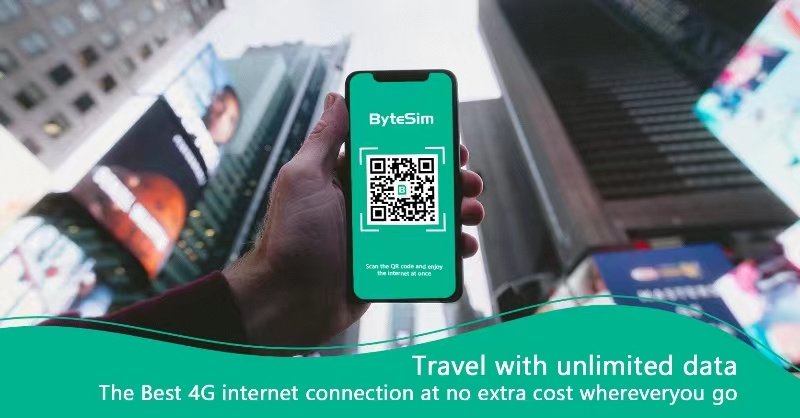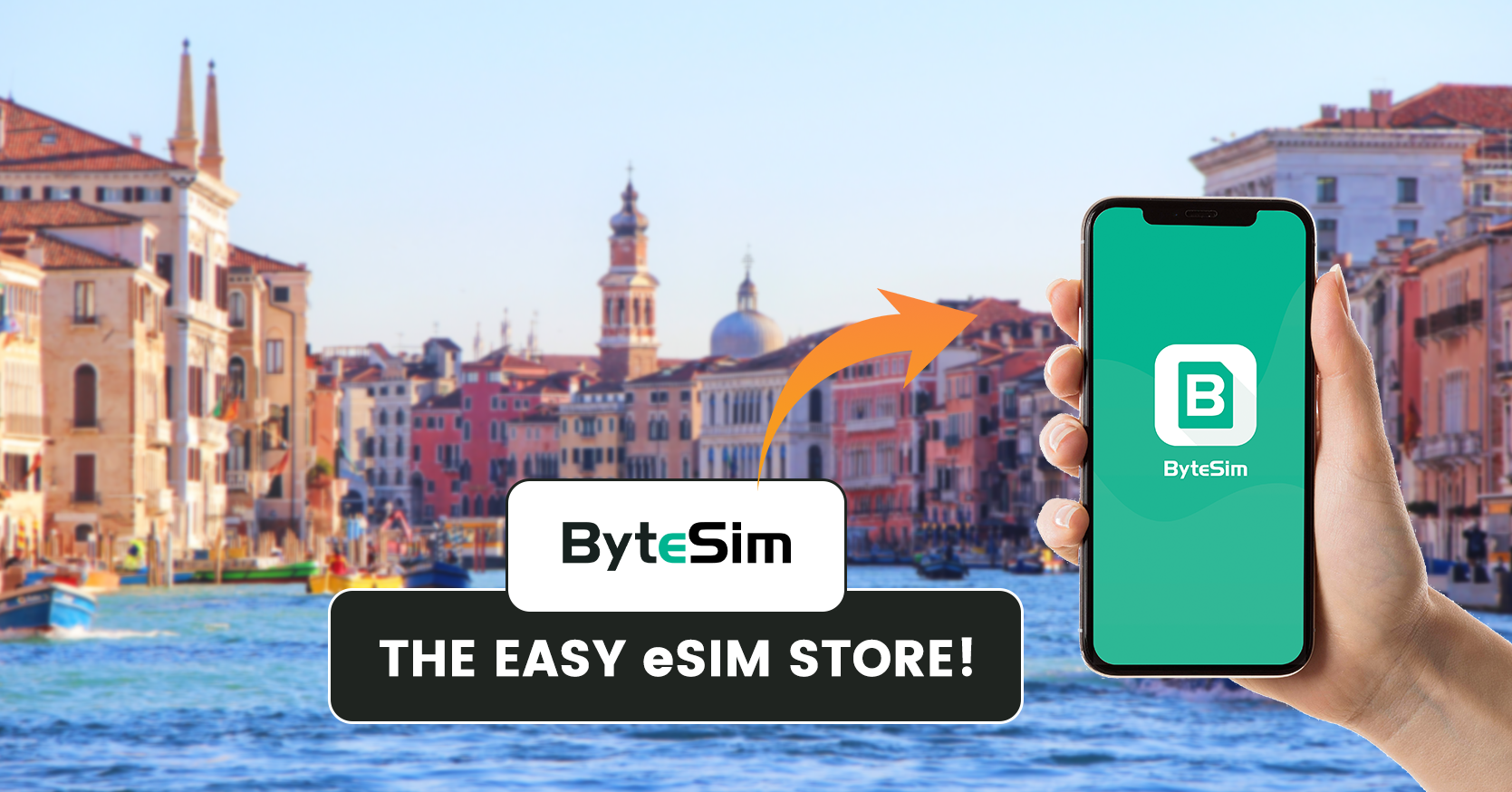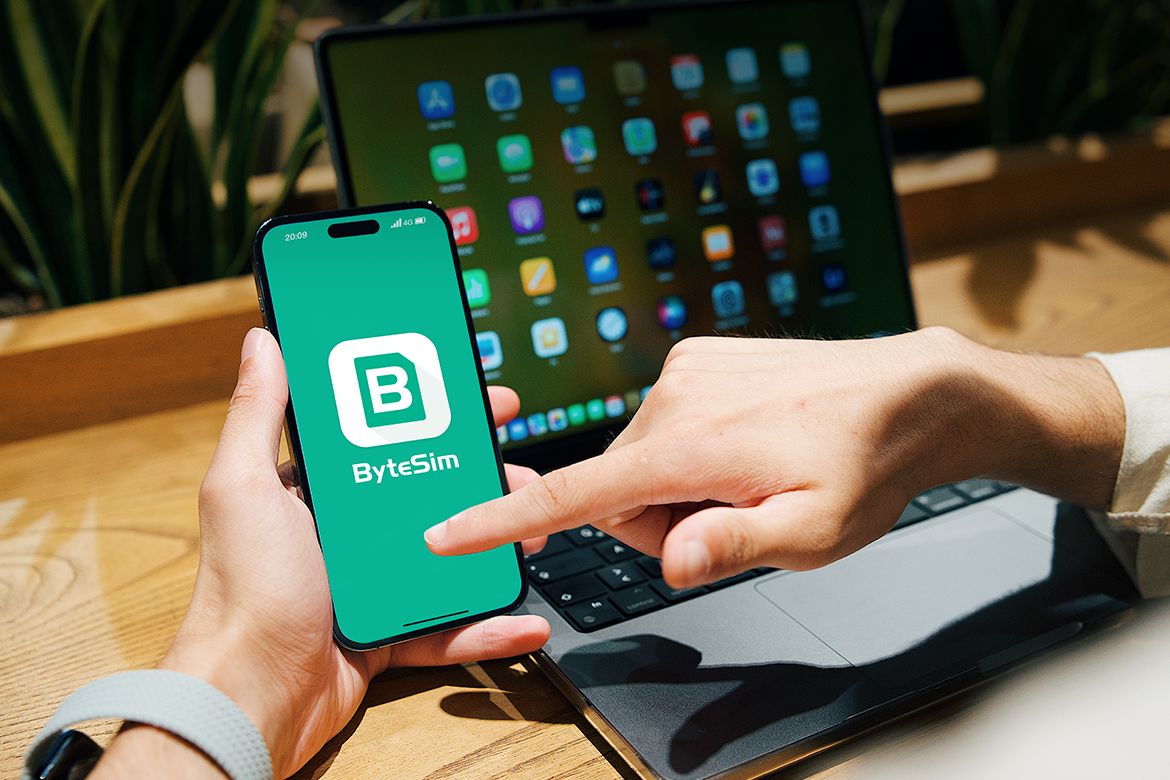Exploring the Evolution of eSIM Card!
Sep 28,2023 | Tom
Brief IntroductionWhat is an eSIM Card? The evolution from SIM to eSIM Differences between eSIM Card and SIM CardAbout iSIM CardsAdvantages of eSIM CardsThe eSIM Trend in the Future

Brief Introduction
In the ever-evolving world of technology, the traditional physical SIM card has been revolutionized by the emergence of eSIM cards. These embedded subscriber identification modules offer a digital alternative to their physical counterparts.
In this article, we will delve into what eSIM cards are, the differences between eSIM cards and traditional SIM cards, the concept of iSIM cards, the advantages of eSIMs, and explore the future trends of this transformative technology.
What is an eSIM Card?
An eSIM card, or embedded SIM card, is a small electronic chip embedded directly into a device's circuit board. This virtual SIM technology eliminates the need for traditional plastic SIM cards, making it easier for device users to switch between service providers without the hassle of physically swapping cards.
You may want to know:
How to install an eSIM on my phone?***
Is the eSIM compatible with my iPhone/Pixel/Samsung?***
The ultimate comparison between eSIM and SIM***
The evolution from SIM to eSIM
The evolution from SIM ( Subscriber Identity Module) to eSIM ( embedded SIM) has transformed the way we use mobile devices. Over the years, SIM cards have gone through several advancements in size reduction and technology integration.
-
The journey began with the introduction of the standard SIM card, which resembled a credit card in size. It served as the primary method of storing subscriber information and enabling mobile connectivity. As technology progressed, the need for smaller SIM cards arose, leading to the development of the mini SIM, also known as the regular SIM.
-
This was followed by the micro SIM, which further reduced the size of the SIM card while maintaining the functionality. It became popular with the introduction of smartphones and tablets that required smaller form factors.
-
The next significant breakthrough was the development of the nano SIM, which is currently the smallest widely used SIM card size. It allowed for even more compact mobile devices while ensuring the necessary connectivity features.
-
But the most significant milestone in the evolution of SIM technology came in 2014 with the introduction of eSIM. Initially developed for Machine-to-Machine (M2M) communication , eSIMs are embedded directly into the device during manufacturing. This eliminates the need for physical SIM cards and allows for seamless activation and network switching.
ESIM technology gained traction in consumer electronics a few years later, providing a new approach to mobile connectivity. With eSIMs, users can store multiple profiles from different mobile network operators on a single device, eliminating the need for physical SIM swaps.
Differences between eSIM Card and SIM Card
The primary difference between eSIM cards and traditional SIM cards lies in their physical form. SIM cards are removable, whereas eSIM cards are integrated into a device and cannot be physically taken out.
Additionally, eSIM cards are programmable, allowing users to store multiple profiles on a single device and switch between them as needed. This flexibility opens doors for more convenient connectivity options and removes the need to acquire and insert physical cards.
About iSIM Cards
The evolution of SIM technology is always making progress. In addition to eSIM cards, the industry is exploring the concept of iSIM (integrated SIM) cards . iSIMs are built directly into the device's chipset, further reducing the need for physical SIM cards or even eSIM chips. Devices can be made smaller and more streamlined with the potential of this technology, providing manufacturers with greater design flexibility and users with a more seamless experience.

Advantages of eSIM Cards
ESIMs offer several advantages, including greater flexibility, convenience, remote provisioning and so on. It simplifies the process of switching networks or activating new devices, as everything is handled electronically.
-
Greater Convenience
With eSIM cards, users can easily switch between mobile network operators without the physical hassle of replacing SIM cards. This convenience is particularly beneficial for travelers or those who frequently switch between providers.
-
Multiple Profiles
ESIM cards allow users to store multiple mobile network profiles on a single device. This feature is advantageous for those who want to maintain separate business and personal profiles or require connectivity for different regions.
-
Remote Provisioning
ESIM cards can be remotely provisioned, activated, and managed through software, eliminating the need for physical distribution. This makes it easier for users to activate a new device or change their service provider without physical contact.
-
Flexibility and Future-Proofing
The integration of eSIM technology provides greater flexibility and future-proofing for device users. It allows for easy adoption of new technologies, such as 5G networks, without the need to replace physical SIM cards.
The eSIM Trend in the Future
eSIM technology is gaining momentum and is predicted to become increasingly prevalent in various sectors such as smartphones, wearables, automobiles, and IoT(Internet of Things) devices. As more mobile network operators and device manufacturers adopt eSIM technology, it is expected to become a standard feature in future devices. This will lead to an enhanced user experience, greater connectivity options, and increased convenience for consumers worldwide.
If you are planning to travel around the world with a convenient and compatible eSIM data plan, welcome to ByteSIM and feel free to contact us with any eSIM questions( FAQs ). We are 7/24 here to help you!


